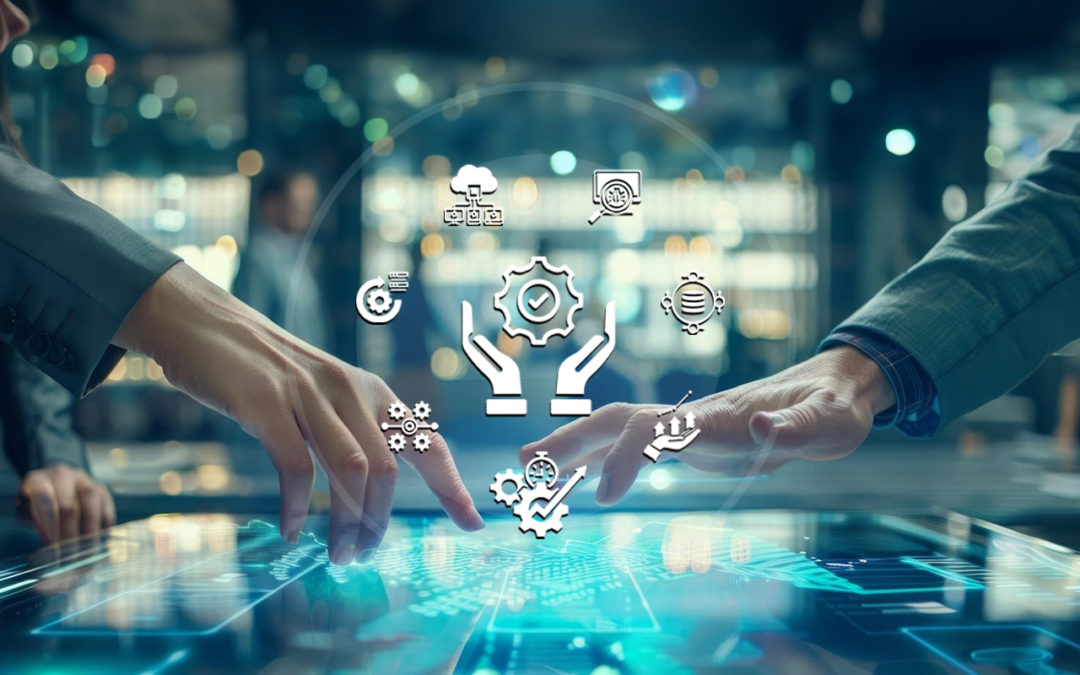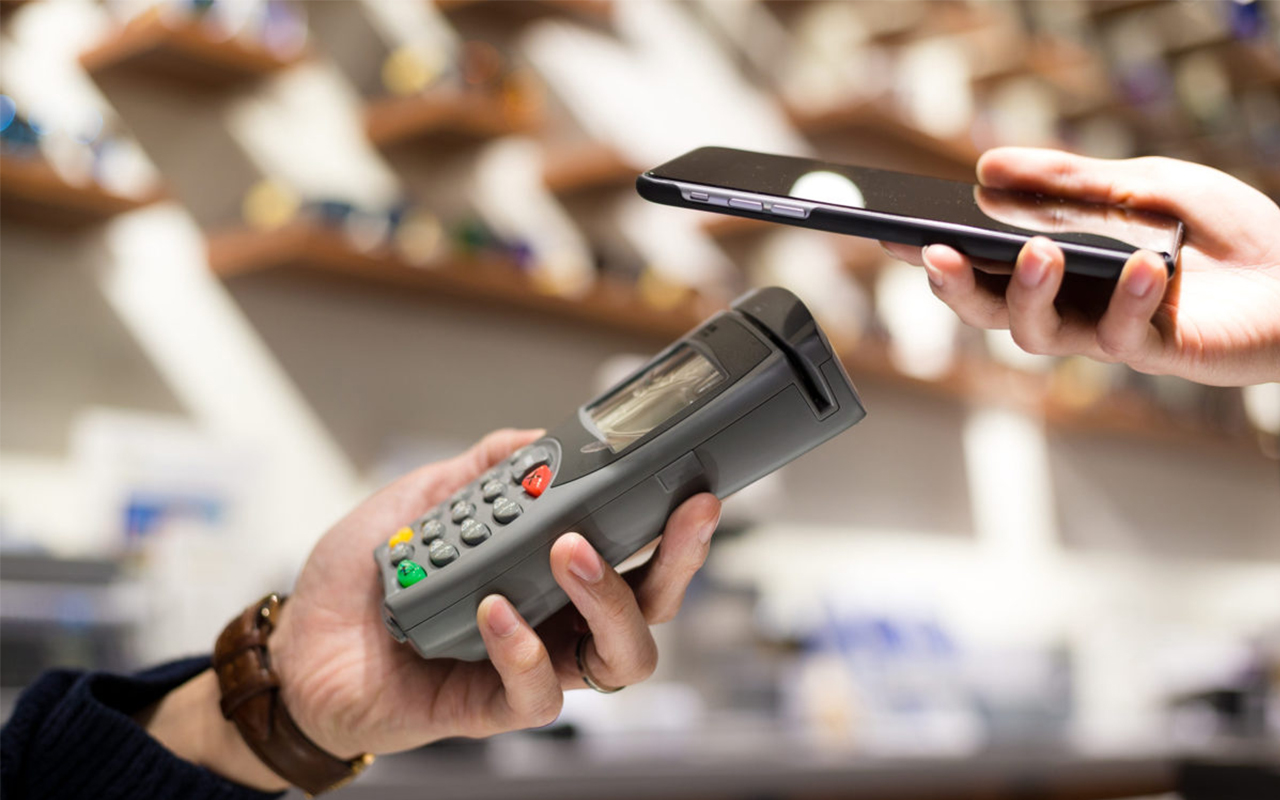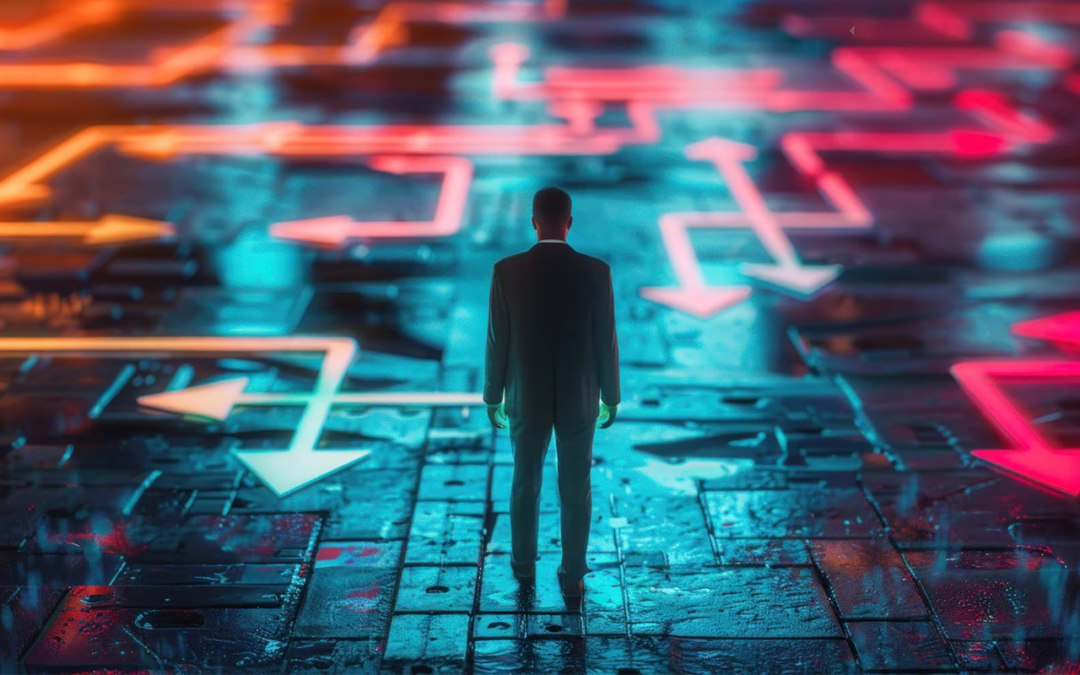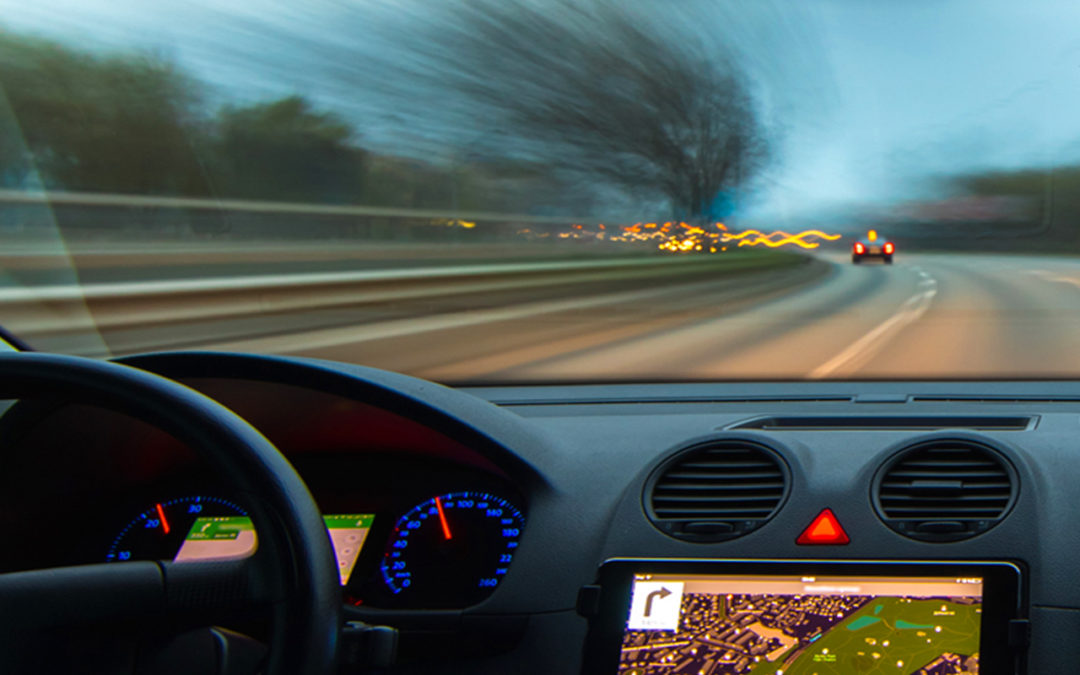Physical shops may have taken a big hit in the past 1.5 years, but the buying appetite of consumers remains high. Businesses need to respond to this demand if they want to stay relevant, and many did, as indicated by over 70K online businesses that sought DTI registration in the first 6 months of the pandemic. The tech industry has long forecasted e-commerce to take over the retail landscape, and the global health crisis sealed its fate.
Now, mobile shops and e-commerce sites are but a bare minimum to play in this new field. The competition for a share in the consumers’ wallets just got more interesting, and we are seeing the following tech trends leading the way.

How Managed Tech Services Empower Business Growth
Discover how Cloud, data, software, and QA managed tech services optimize business operations, reduce costs, and enhance efficiency.



